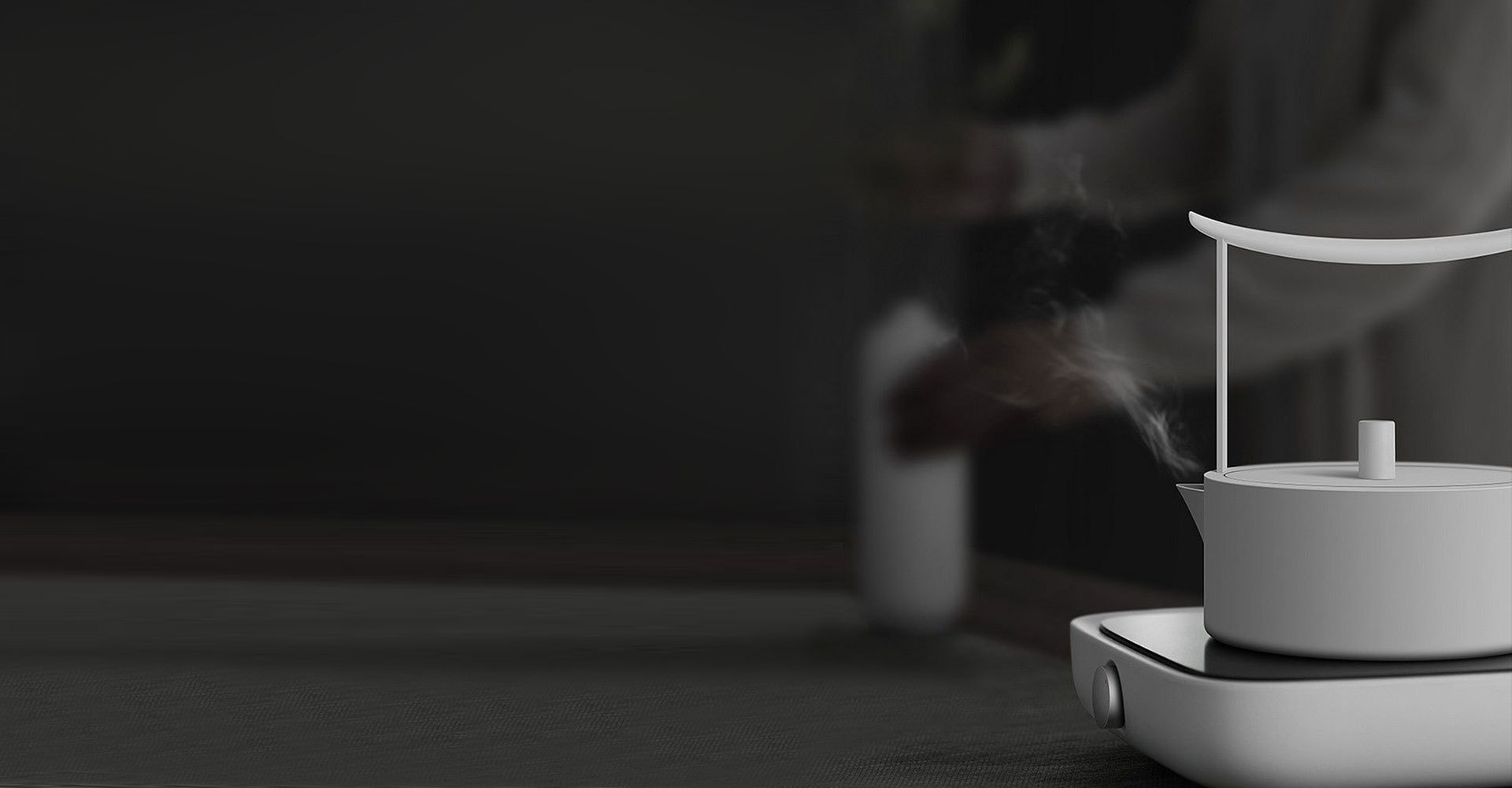27
2022
-
06
How to deal with the damaged heating plate of the electric ceramic stove?
The electric ceramic furnace heating plate is made of seamless spliced metal hoses (galvanized steel pipes, titanium pipes, stainless steel pipes, air-conditioning copper pipes) filled with electric heating wires, a part of which is covered with magnesium oxide powder with excellent thermal conductivity and dielectric strength, and then Shrink, reproduce and process into various shapes required by customers. It has simple structure, high thermal efficiency, good impact toughness and good adaptability to harsh environments. The electric ceramic stove heating plate can be used to heat various liquids and chemical acids, alkalis, salts, and can also be used to heat and melt low-melting metal materials.
From the appearance, the heating plate is in good condition, and there is no abnormal situation such as damage. The nozzle and bearing positions of the heating plate are coated with sealant, and the sheathed circuit has been installed. The reasons are as follows:
1. Remove the sheath to test the electrical performance of the heating plate, the cold withstand voltage is less than 1.3KV/0.5MA.S, and the insulation is 1.
2. Dry burning under low pressure (80V) for 2 minutes, and test after cooling. The withstand voltage is 2.0KV/0.5MA.S.
The electric ceramic furnace heating plate has poor pressure resistance due to moisture absorption at the nozzle. It may be a process before sealing or the mouth of individual heating coils that absorb moisture, and the water is not discharged. In addition to process control, when this problem occurs after assembly, it is recommended to use low pressure dry burning (of course the steel plate does not change color) to drain the water in the nozzle to solve this problem.
Why does the yellowing powder flow out from the nozzle of the heating plate after brazing?
In the heating plate of the electric steamer, sometimes we can find yellow or black powder flowing from the nozzle of the heating plate of the electric ceramic stove.
When this happens, our customers worry about whether there is a problem with the electric ceramic hob heating plate, and whether the electrical performance will be affected. What caused it? In fact, the filling inside the heating plate is MgO, and the surface of MgO is coated with a layer of modifier silicone resin to prevent moisture absorption. Due to the high temperature in high frequency welding or furnace welding, the silicone resin is partially decomposed and carbonized, and flows out from the nozzle of the heating plate, resulting in yellow or black powder on the nozzle.
However, due to the short welding time, the silicone resin is only partially decomposed and carbonized, which will not affect the electrical properties of the heating tube. Yellow or black powder can be removed by sandblasting to ensure quality appearance.
The looseness of the cold needle of the heating plate of the electric ceramic stove is a serious quality problem, which directly affects the service life of the whole machine and the safety of users. The heating plates of bottle sterilizers and stew pots are generally small, and the assembly space is also small. Cold pins have to be bent and then soldered with inserts. Also, the inserts are subject to a certain amount of torque during assembly, so the cold pins can easily come loose. So how to solve the problem?
1. When processing the surface of the steel plate after welding the insert, make a special polishing fixture to avoid the secondary correction of the lead rod.
2. When assembling, use a special positioning fixture to avoid excessive torque of the insert.
3. The cold needle of the heating plate adopts a knurled structure, which increases the friction force, and the cold needle is not easy to loosen.


